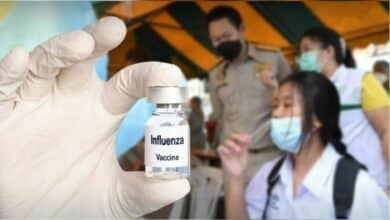How industries can cut down deadly PM2.5: A clean air blueprint
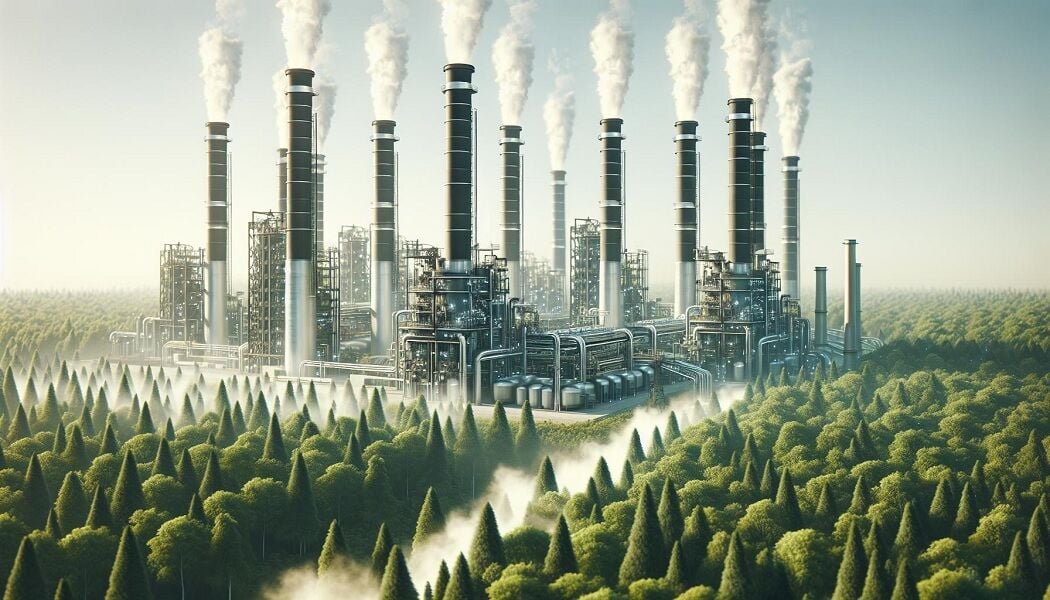
When you think about air pollution, industrial activities might not be the first thing that springs to mind. Yet, they play a significant role in the levels of PM2.5, those tiny particulate matters that can deeply penetrate your lungs. Factories, power plants, and various industrial processes release a substantial amount of these particles into the atmosphere, contributing to the air quality challenges faced by urban and industrial areas alike.
Understanding the impact of industrial emissions on PM2.5 levels is crucial for addressing air pollution. It’s not just about the smoke billowing from chimneys; it’s about the finer, invisible particles that pose a real threat to public health. As you delve deeper into this issue, you’ll discover the intricate relationship between industrial activities and the air we breathe every day.
Industrial activities and their contribution to PM2.5 levels
When you delve into the root causes of air pollution, it’s impossible to overlook the significant impact of industrial activities. Factories and power plants are not just the backbone of economic development but also major contributors to Industrial PM2.5 pollution. These establishments emit a wide range of particulates, including the notorious PM2.5, which can penetrate deep into your lungs, affecting not just air quality but your health too.
The scale of the issue
Industrial emissions are a stark reality, especially in areas bustling with factories and power plants. Here’s a bit of insight: these industrial processes release a myriad of particulates into the air you breathe. This form of Factories air quality impact not only degrades the environment but also poses significant health risks to communities living nearby.
Tackling the challenge
Addressing the menace of PM2.5 pollution requires a two-pronged approach:
-
Regulation and policy enforcement: Governments and environmental agencies are stepping up, imposing stricter regulations on industrial emissions. The goal is not just to lower PM2.5 levels but to ensure a safer, cleaner air quality for everyone.
-
Innovative solutions for pollution control: Industries are now more than ever investing in cutting-edge technology to minimize emissions. From filters that trap particulates to adopting cleaner production methods, the effort is on to reduce the footprint of Industrial PM2.5 pollution.
-
Public awareness and community action: It’s pivotal. Your awareness and actions can drive change at a grassroots level, prompting industries to adopt cleaner practices.
The path forward
Understanding and mitigating the impacts of industrial activities on PM2.5 levels is a collective effort. Whether it’s through Controlling industrial emissions or rallying for cleaner air standards, your role in this endeavour is crucial. Remember, every action counts in the fight for better air quality and a healthier planet.
Understanding PM2.5 levels
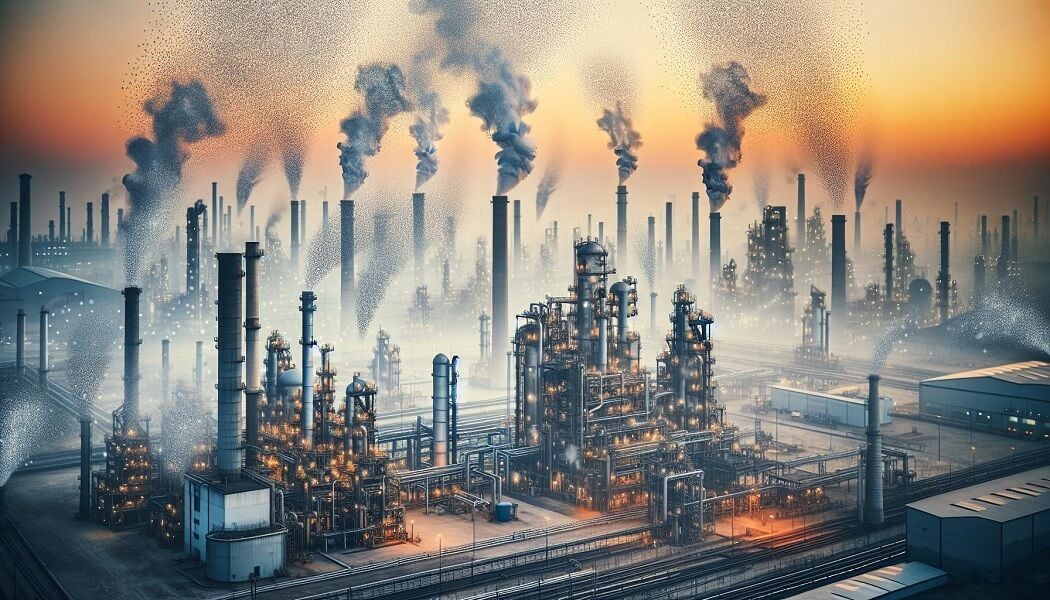

What is PM2.5?
When you hear about PM2.5, you’re learning about an invisible threat that hovers in the air you breathe. PM2.5 stands for particulate matter that measures 2.5 micrometers or smaller, tiny enough to penetrate deep into your lungs and even enter your bloodstream. Among the primary contributors to these minuscule particles are industrial activities. Factories, especially, play a significant role in escalating the levels of PM2.5, through emissions stemming from combustion processes and other manufacturing operations. Controlling these industrial emissions is crucial for improving air quality.
Health impacts of PM2.5
The infiltration of PM2.5 into your respiratory system can lead to a plethora of health problems. Let’s break down how this fine particulate matter affects your well-being:
-
Respiratory Issues: If you’ve ever felt your chest tighten or coughed uncontrollably on a high-pollution day, PM2.5 could be the culprit. It can exacerbate conditions like asthma and COPD, making every breath a struggle.
-
Cardiovascular Diseases: Beyond the lungs, PM2.5 poses a threat to your heart health. Exposure to high PM2.5 levels is linked to an increased risk of heart attacks, strokes, and chronic cardiovascular diseases.
-
Irritation and Inflammation: These particles aren’t kind to your eyes, nose, and throat either, often causing irritation and inflammation that can disrupt your day.
-
Impacts on Pregnant Women: Expectant mothers exposed to elevated PM2.5 levels face a higher risk of encountering pregnancy complications like preterm birth, low birth weight, and potential developmental issues for their newborns.
Understanding the grave implications of PM2.5 on health underscores the urgency in controlling industrial emissions. Factories, particularly those in heavily industrialised regions, need to implement stricter pollution control measures to mitigate their air quality impact. As awareness grows, so does the collective push towards cleaner, healthier air, showing that every effort to reduce PM2.5 pollution can contribute to a significant improvement in public health.
Types of industrial activities
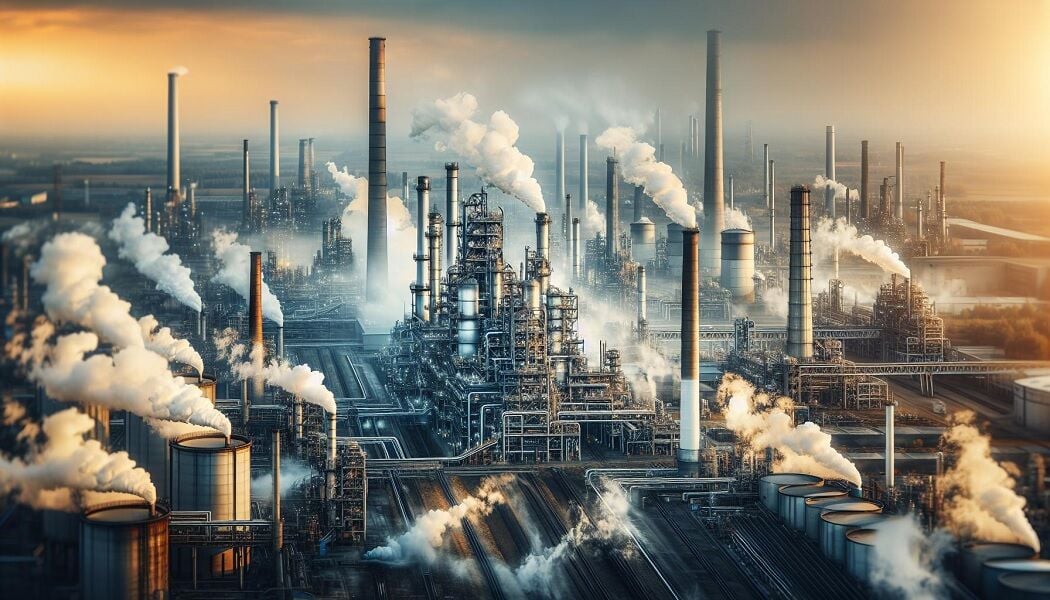
When delving into the sources of PM2.5, it’s pivotal to break down the types of industrial activities that significantly contribute to this challenge. Understanding these sources empowers you to grasp the full spectrum of industrial PM2.5 pollution and why controlling industrial emissions is not just beneficial but essential for safeguarding air quality.
Manufacturing processes
Within the realm of manufacturing, a myriad of processes releases PM2.5 into the atmosphere. These range from the combustion of fossil fuels for energy to the mechanical processes that generate fine particulate matter as a by-product. For instance, the production of cement involves both the burning of fuels and the grinding of raw materials, each step contributing to PM2.5 levels.
Metal smelting and finishing, along with chemical manufacturing, stand out as well. These processes often involve the emission of fine particulates directly into the air, impacting factories’ air quality impact. By pinpointing these sources within manufacturing, it becomes clearer where interventions and controlling industrial emissions can make a substantial difference.
Energy production
The production of energy, particularly through coal-fired power plants, is a notable contributor to PM2.5 pollution. These plants emit a significant amount of particulates during the combustion process. Furthermore, the handling and processing of raw materials, such as coal, release additional particulates into the air.
Renewable energy sources present less of a concern in this area but understanding the pollution potential of different energy production methods is crucial. It underscores the importance of transitioning towards cleaner energy alternatives, not only for the sake of efficiency but also to mitigate the adverse effects on air quality.
Transportation
The transportation sector, encompassing everything from vehicles to aerospace, plays a significant role in contributing to PM2.5 levels. Emissions from diesel and petrol engines, tyre wear, and the resuspension of road dust all add to the ambient levels of PM2.5.
Moreover, the development and maintenance of transportation infrastructure can contribute to PM2.5 pollution. Activities such as road construction and the operation of heavy machinery on construction sites release particulates into the air. Recognising the multifaceted impact of transportation on PM2.5 levels helps in devising comprehensive strategies aimed at improving air quality.
Monitoring and regulation of PM2.5 emissions
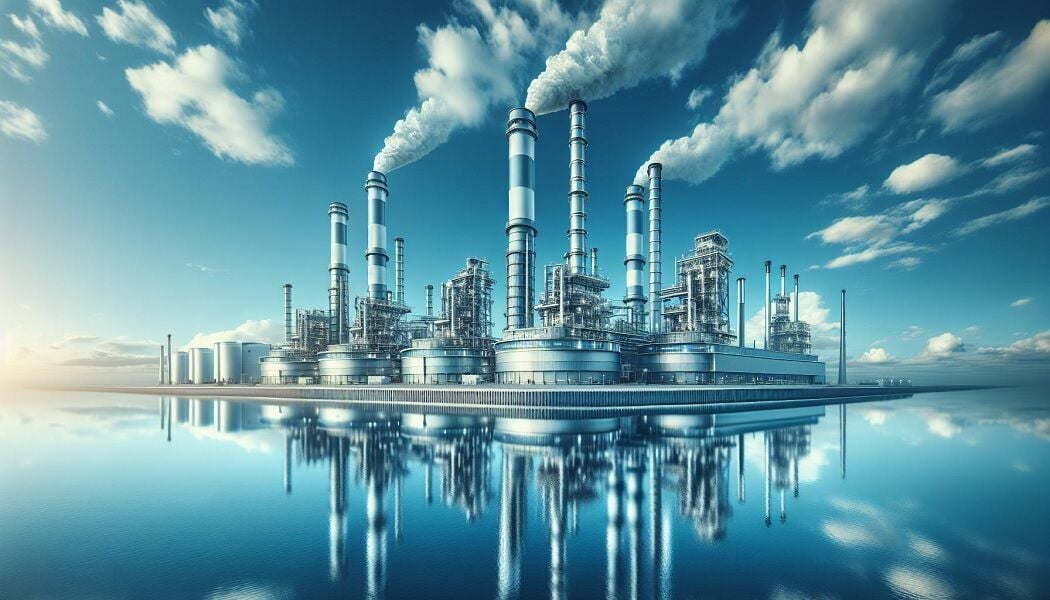
As you delve into the complexities of industrial PM2.5 pollution, understanding the significance of monitoring and regulating these emissions becomes crucial. With factories’ air quality impact coming under increasing scrutiny, governing bodies worldwide have started implementing stricter controls and guidelines to mitigate the risks associated with these particulates. Here’s how this process plays out and why it’s essential for both the environment and public health.
The imperative for vigorous oversight
At the heart of controlling industrial emissions lies the imperative for robust monitoring mechanisms. This involves both periodic and continuous assessment of particulate matter levels emanating from industrial operations. Thanks to advances in technology, various state-of-the-art tools and devices now enable accurate real-time monitoring of PM2.5 levels. These insights are invaluable for both regulatory bodies and the industries themselves, facilitating swift actions whenever levels exceed safe thresholds.
Regulatory frameworks in action
Adhering to established guidelines forms the backbone of effective emission control. Regulatory frameworks, often set by environmental protection agencies, define clear limits on PM2.5 emissions. These regulations compel industries to adopt cleaner production methods and scrutinize their operations for any potential lapses in compliance. From retrofitting old equipment to adopting green technologies, factories have a gamut of strategies to reduce their footprint.
Strategies to reduce industrial contribution to PM2.5 levels
Reducing the impact of industrial activities on PM2.5 pollution requires a multifaceted approach. As you delve into the various strategies, it’s crucial to understand that controlling industrial emissions isn’t merely about compliance; it’s about fostering a sustainable future where factories significantly minimize their air quality impact.
Adopt advanced filtration technologies
One of the most effective ways to curb PM2.5 emissions is through the installation of advanced filtration systems. These innovative solutions capture fine particulates before they escape into the atmosphere. By investing in state-of-the-art filters, factories can drastically reduce their contribution to PM2.5 levels, ensuring cleaner air and a healthier environment.
Implement regular maintenance and monitoring
Your commitment to improving air quality involves consistent maintenance and monitoring of industrial equipment. Regular checks help identify potential emission leaks early on, ensuring they’re addressed promptly. This proactive approach not only maintains optimal operational efficiency but also significantly lowers PM2.5 emissions.
Transition to cleaner energy sources
Shifting from traditional, fossil fuel-based energy sources to cleaner alternatives marks a pivotal stride towards reducing industrial PM2.5 pollution. Renewable energy sources like solar, wind, and hydropower offer eco-friendly alternatives that significantly lessen factories’ air quality impact.
Promote Eco-friendly industrial practices
Encourage the adoption of green manufacturing processes. By integrating eco-friendly practices into daily operations, industries can significantly cut down on the amount of PM2.5 particulates released into the air. This not only contributes to a sharper decrease in industrial PM2.5 pollution but also paves the way for more sustainable industrial activities.
Engage in reforestation efforts
Forests act as natural air filters, absorbing pollutants such as PM2.5. Your involvement in reforestation projects can offset emissions, contributing to cleaner air. Partnering with environmental organizations to plant trees near industrial areas can serve as an effective long-term strategy to combat PM2.5 pollution.
The perils associated with PM2.5 don’t need to be a constant threat. The health risks can be significantly mitigated by making informed choices about protective masks, understanding their specifications and knowing how to use them effectively. Safeguard your wellbeing, and that of those around you, within our polluted environments. Learn more about this crucial safety measure through our ultimate mask guide to navigate PM2.5 hazards effectively. Because when it comes to your health, every preventative step matters.





























